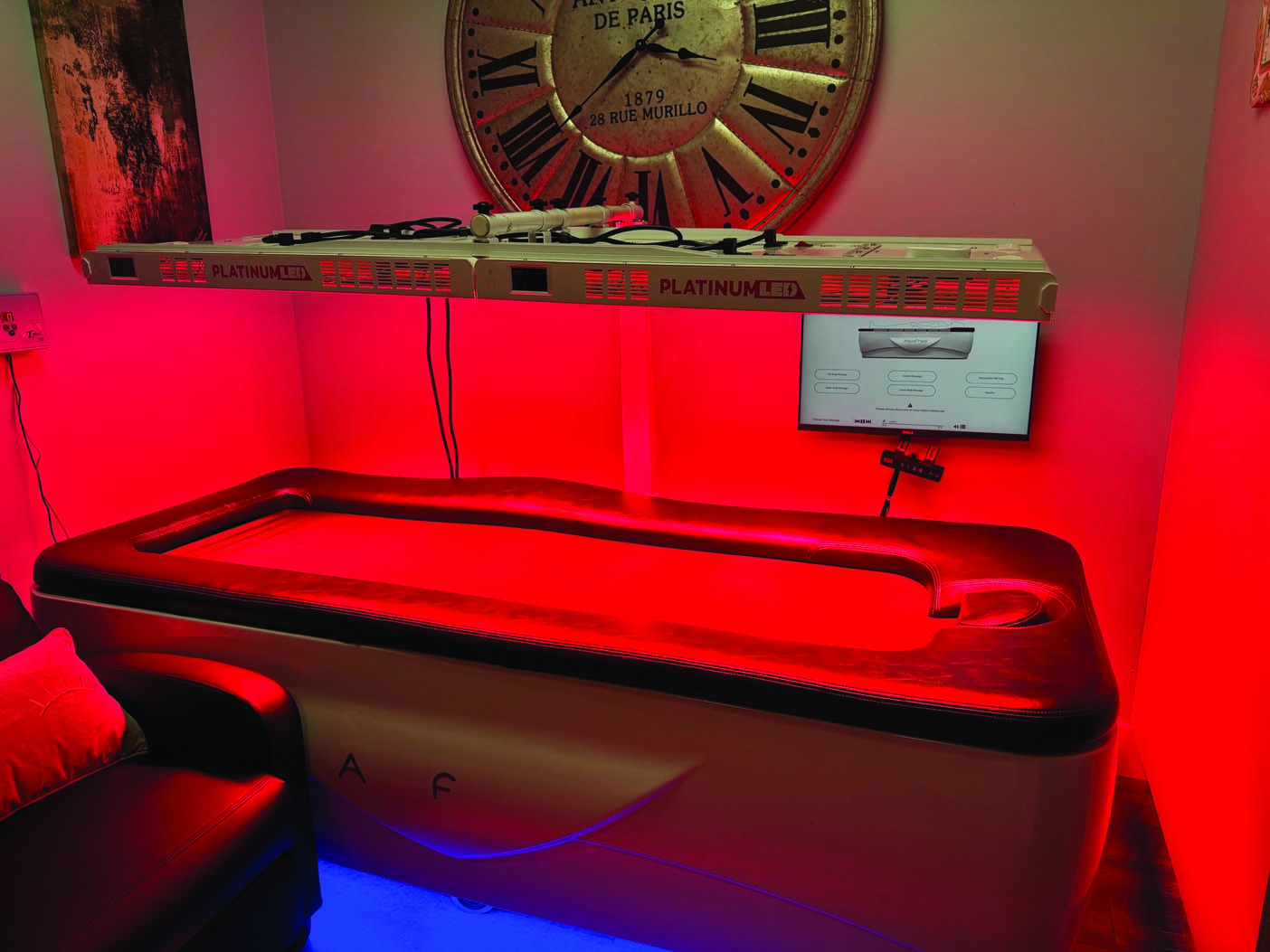As spring is in full swing (finally!), the health and beauty mags have launched their anti-tan platforms, often filling their pages with articles containing misleading or less-than-factual information regarding UV exposure and skin cancer. Eye-grabbing headlines scream “Avoid Tanning Beds!” and “Ban Indoor Tanning!” Their positions will never tell the public to avoid our beaches, pools, ballparks and more where people will be blasted with large amounts of UV rays and suffer a high risk of overexposure and sunburn. I wouldn’t go so far as to say that it could perhaps be due to the substantial sums of money that the cosmetics industry spends in those mags promoting SPF and sunblock products … well, (wink, wink) maybe it is.
[gap height=”15″]
Many of these articles will refer to statistics that support the “rising rates of skin cancer” and there’s usually a tie-in with sunbed avoidance. Here’s one that undoubtedly suggests a rise in skin cancer rates. I’ve reported before that there are now, apparently, mobile phone apps that can detect skin cancer. So, skin cancer detection is now as simple as downloading an app to your smartphone? Well, I’m gonna wager that those rates are sure going to spiral upward with the number of folks who will claim to have skin cancer. However, there might be a modicum of common sense trickling down to some. These types of smartphone apps use algorithms to assess skin cancer risk and it’s now being reported that they may have poor and variable performance. Hey, maybe those anti-tan folks shouldn’t have been so quick to issue judgement! Read more at:
[gap height=”15″]
healio.com/dermatology/cutaneous-oncology/news/online/%7Bb0278e04-22ce-4b4f-aa1d-4bfd36adf6bf%7D/algorithm-based-apps-show-poor-performance-in-detecting-skin-cancer
[gap height=”15″]
[gap height=”15″]
As our industry continues to grow and evolve, make sure you and your staff seek the indoor tanning industry’s premier certification program – Sun is Life.®
[gap height=”15″]
Look, free skin cancer screenings abound in most cities throughout the U.S. It’s probably the least intrusive of all cancer screenings – so, absolutely, more people than ever are going in for the screenings and inevitably, dermatologists, doctors and others qualified will report this “sudden” increase in incidence. But you know what? If they are finding more and treating more, well that’s a good thing. When detected early, 95% of basal and squamous cell carcinomas are treatable.
[gap height=”15″]
The Sun is Life® Training & Certification program has a full module devoted to skin cancer and early warning signs. Those who take the class learn about the ABCDE of melanoma: Asymmetry, Border, Color, Diameter and Evolving. If one detects a skin lesion or mole that is not symmetrical, that’s a sign to seek a medical examination. If the border of the mole or lesion was smooth and has changed in some way, that’s a sign. If the color of a mole changes from light brown to darker brown or black, that’s another sign. When a mole that was once the size of a pinhead has enlarged to the size of a pencil eraser and its diameter is changing, that’s a sign. If it is evolving and changing, that’s another sign. This information is important for everyone to know, and as tanning experts, your staff should be equipped to share it with salon guests who have questions.
[gap height=”15″]
As our industry continues to “evolve and grow,” as well, make sure you and your staff seek the indoor tanning industry’s premier certification program – one that industry leaders chose to offer attendees of their 2019-2020 trade events: Sun is Life. You can access this award-winning educational opportunity online 24/7 at sunislife.com.





















